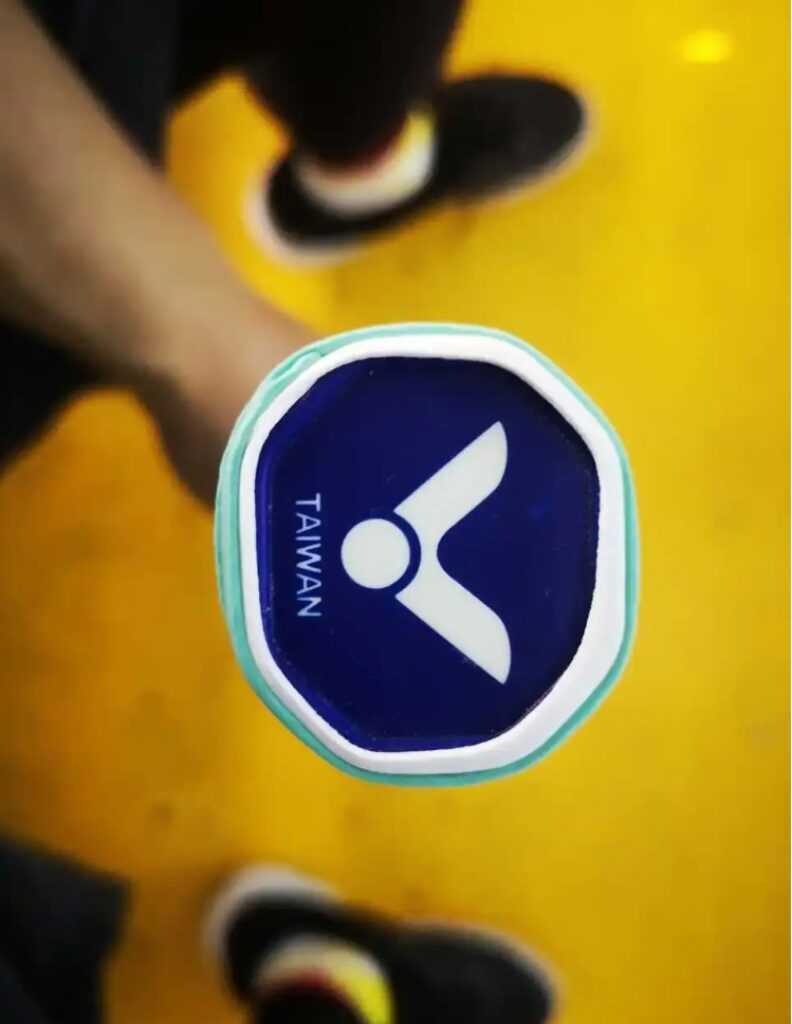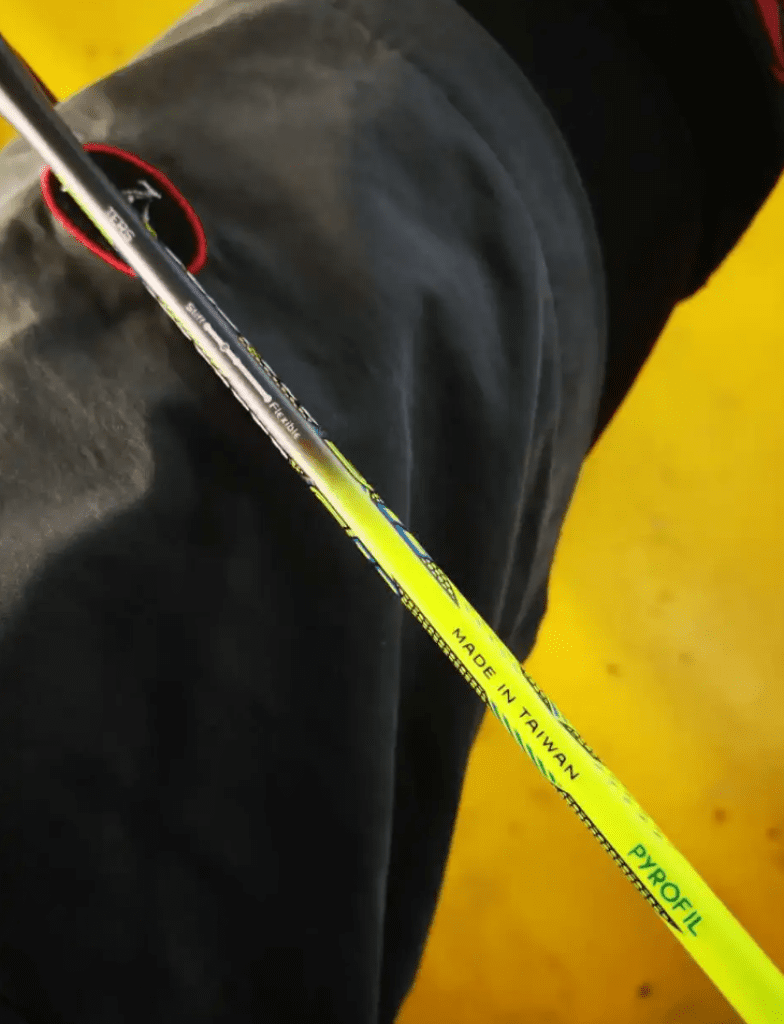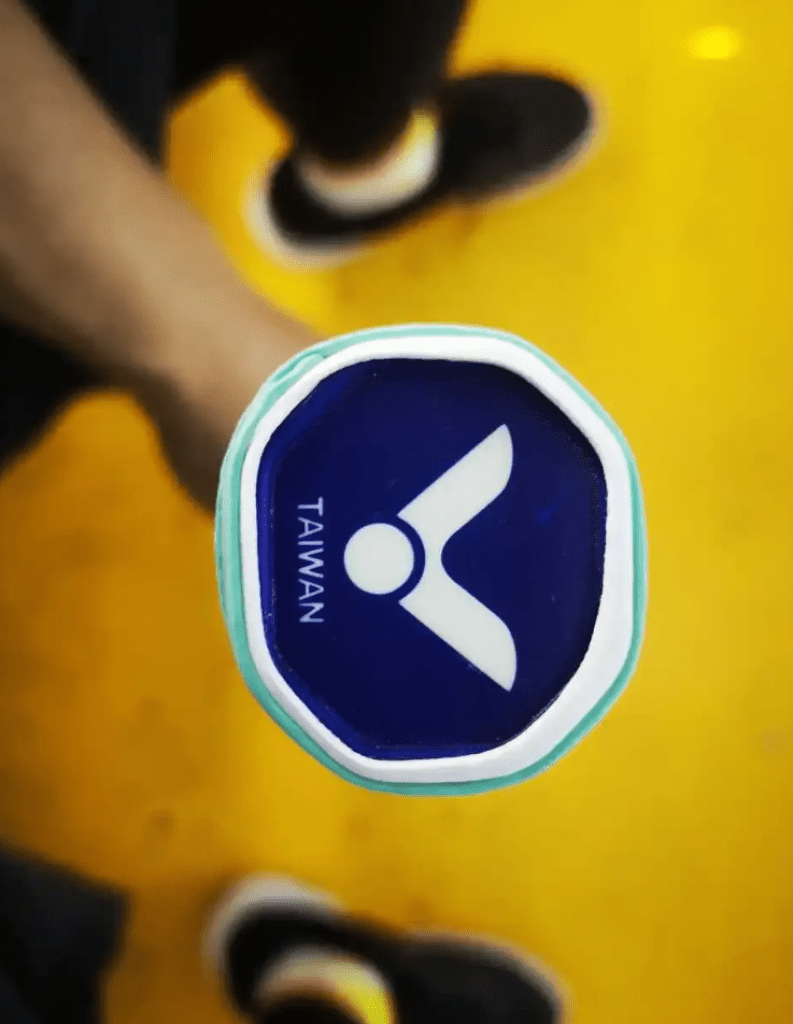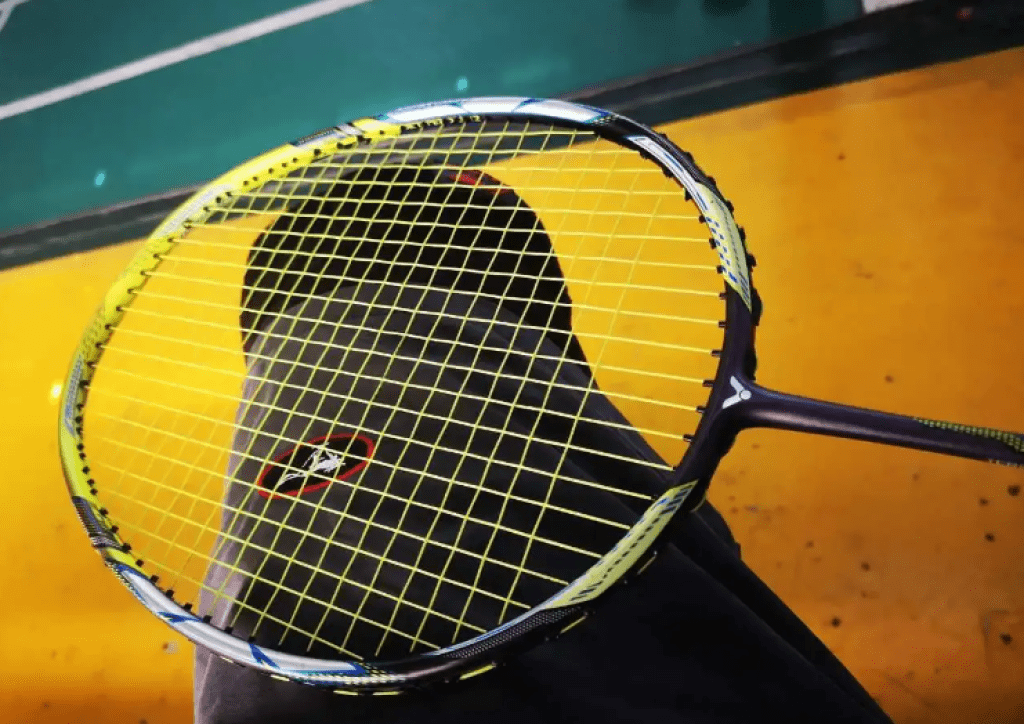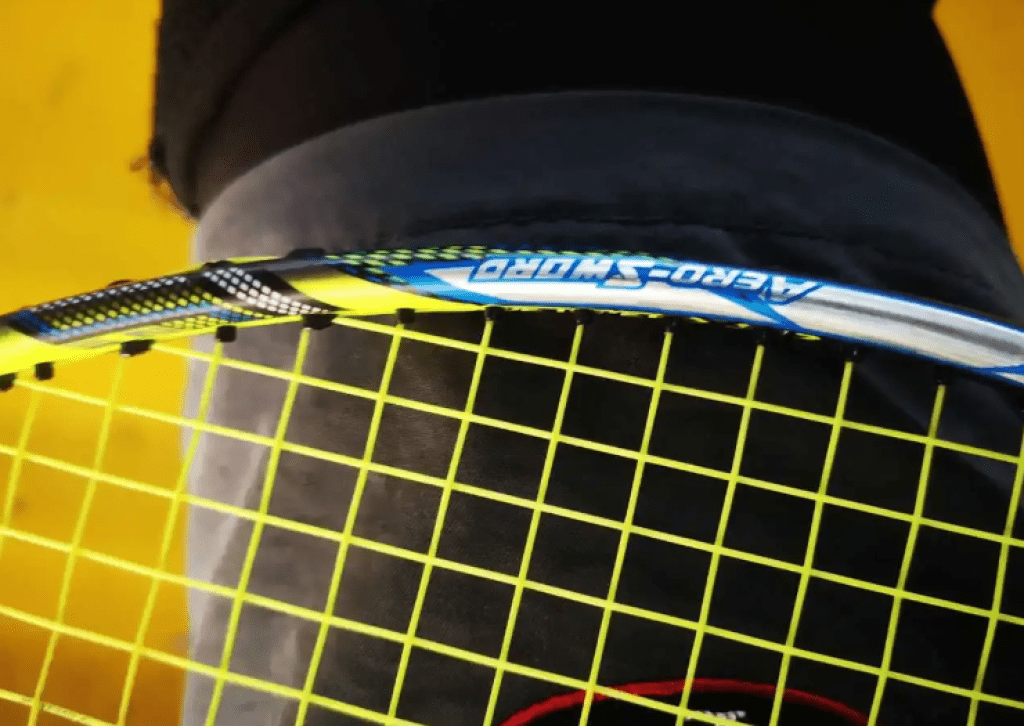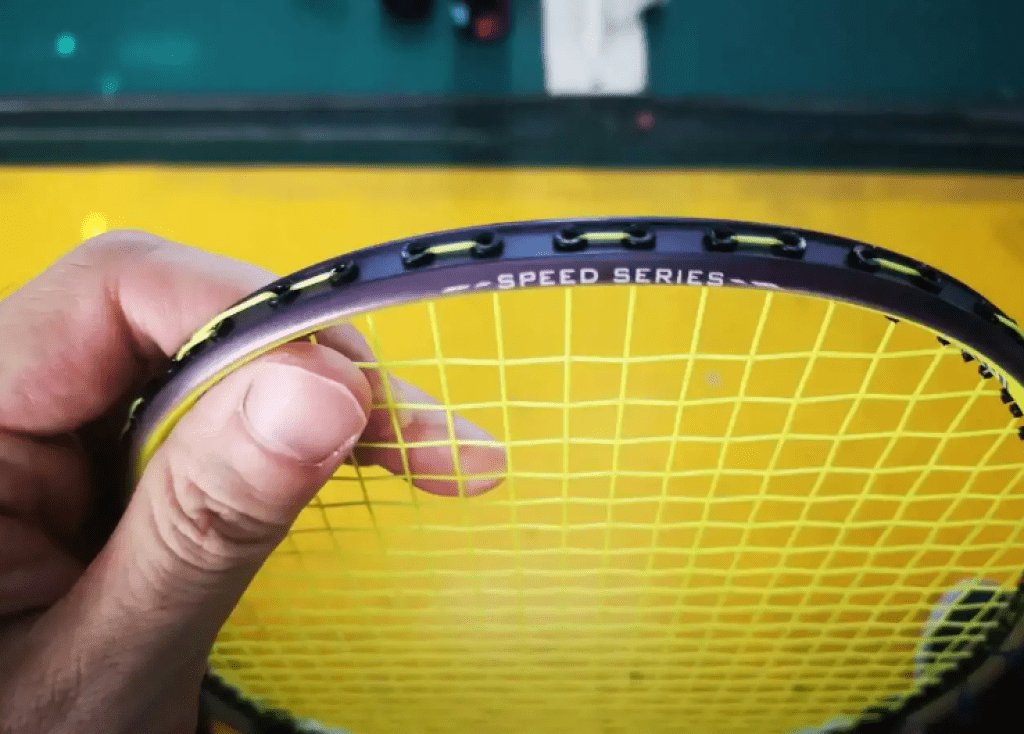Specifications: 3UG5, double grip, total weight and balance point unknown, medium shaft stiffness, speed frame, 8–4 o’clock grommet holes, strung at 28lbs with xb63 strings.
The color is bright and youthful, alternating between green and black, which many people have seen, so I won’t go into too much detail. The new cloisonné blue color was previously experienced on the JS12TD, but given the choice, I prefer the current version. The paint quality is well-known, living up to Victor’s reputation. However, it’s worth noting that a friend’s racket developed several dents in non-grommet areas, which aligns with forum complaints about some Taiwan-made rackets. Although he took various measures to prevent further damage and maintain the JS12’s hitting feel, it’s something to watch out for. To avoid similar issues, consider using lower tension, adding grommet strips, or replacing the grommets.

Although it’s a 3U racket, it is nearly balanced with a head-heavy setup. Combined with the speed series’ aerodynamic frame, the racket swings very smoothly and quickly, living up to its series name. During the swing, you can feel the shaft flexing. The overall feel is solid but not overly stiff. Despite being a flagship speed racket in the series, compared to the JS10, the JS12 is not a difficult racket to handle. The current setup features relatively high-tension strings, which highlight the shaft’s elasticity. From this perspective, I’d even call the JS12 a “sweet racket.” Its excellent swing speed, impressive elasticity, and low stiffness threshold made my high clears during the warm-up feel very enjoyable. Small head, fast swing, good repulsion—it’s hard to imagine a quicker feeling. For most players, the 3U version is likely the better choice.
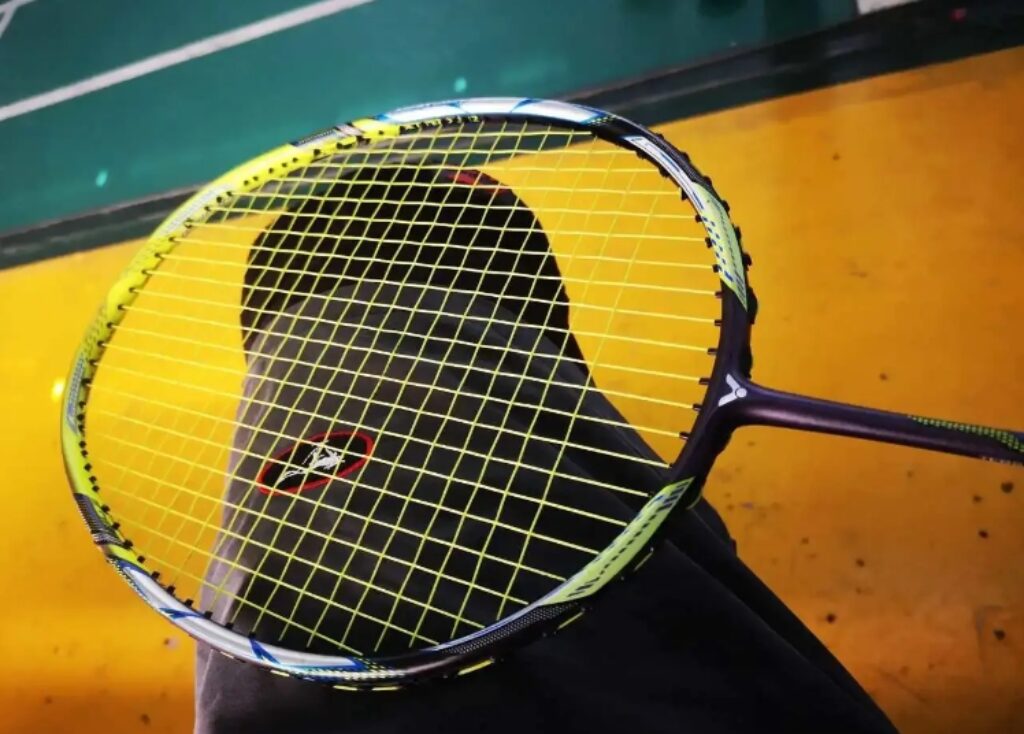
Victor has made the JS12 a versatile racket, excelling in all areas of doubles play. In the frontcourt, the feel is solid with a large hitting area, giving confidence in net control. Shots like net dribbles, slices, and drop shots are very forgiving. The quick swing speed allows for easy interceptions at the net, excelling in smashes, blocks, and pushes. Although the feel may not be as crisp or solid as traditional head-heavy offensive rackets, the JS12 is excellent for doubles players who prioritize speed and fluidity over sheer attacking power.
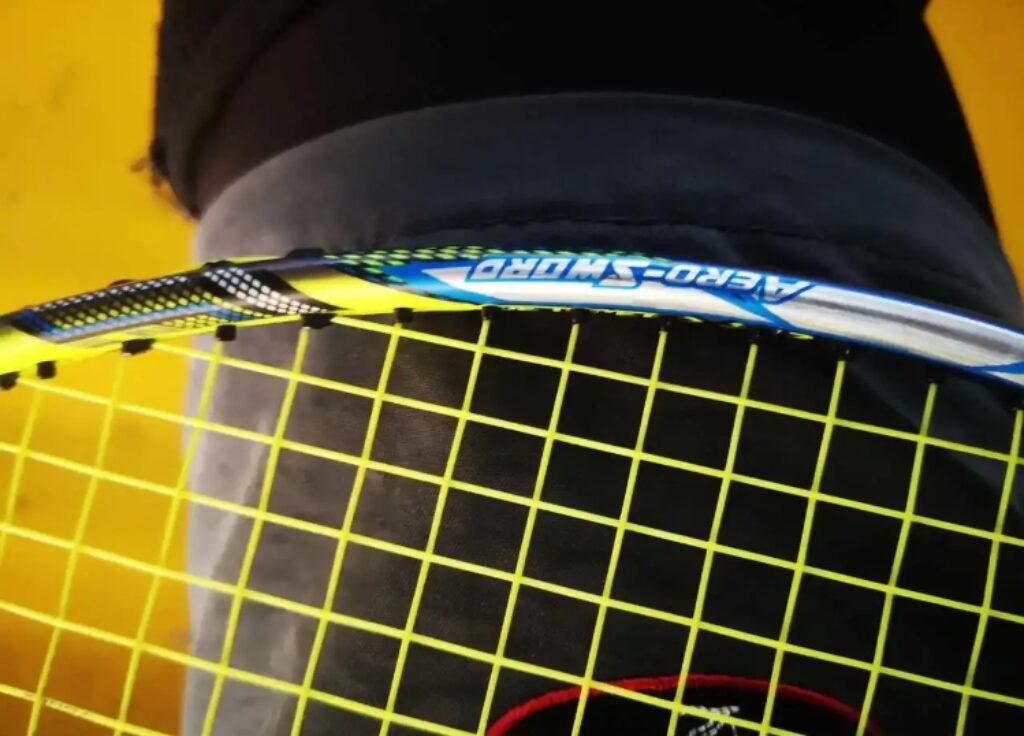
The lightweight build may result in less smash power from the backcourt, but the JS12 compensates for this with its flexibility. Before the advent of WES technology, adjusting to a higher hitting point enabled the JS12 to generate sharp attack angles. Its frame stability also contributes to the racket’s precision, making it one of the best-performing speed rackets I’ve used. Smash speed was satisfying, offering enough pressure to challenge the opponent’s defense. Moreover, the sound produced by the current string setup was quite pleasing.
Compared to the JS10, the JS12’s power ceiling is noticeably lower. There is a slight loss of power during heavy smashes. To enhance backcourt attack quality, using stiffer strings at higher tension is a simple solution, though this increases the risk of frame collapse. However, the JS12’s better overall fluidity compensates for this. With fast swing speed, moderate swing weight, and a shaft that isn’t too stiff, it has a sweet, enjoyable feel that allows for continuous downward pressure. The larger sweet spot helps maintain control when energy levels dip, allowing for effective drop shots and maintaining the initiative.
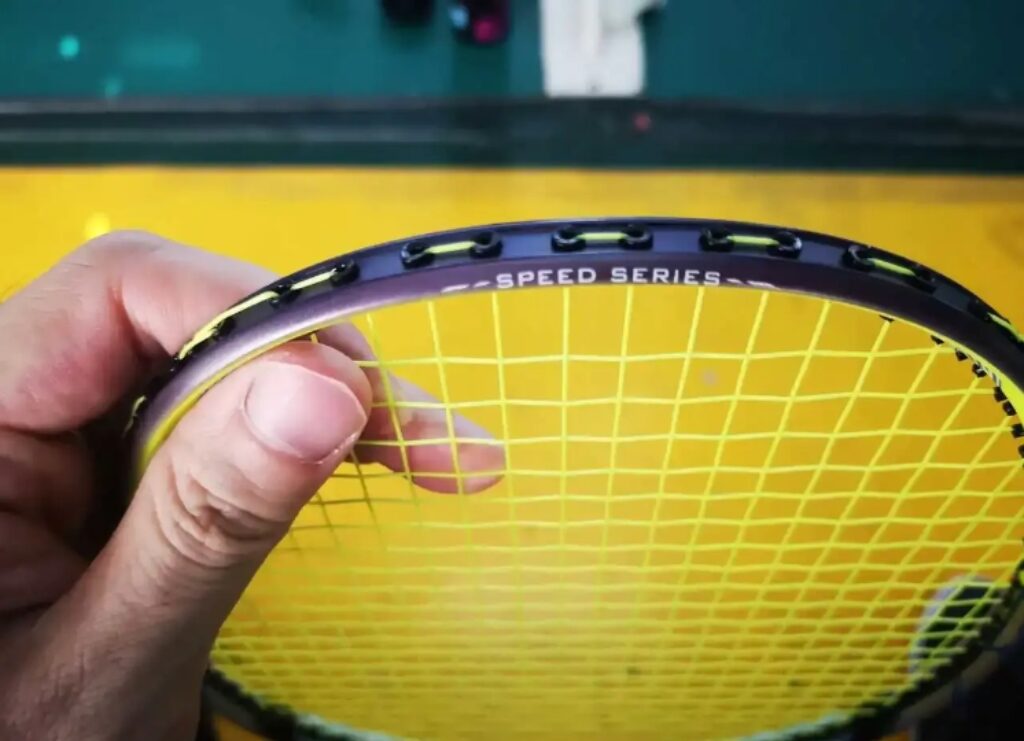
However, in flat drives, the shaft’s recovery speed was not as fast as I expected, occasionally impacting defensive continuity. That said, when properly prepared, the quality of counter-attacks and defensive lifts was excellent, with manageable effort and good control.
Conclusion: The JS12 lives up to its reputation. Offensive enthusiasts may find it lacking in sheer power, but for doubles players looking for a racket that balances casual play and high performance, it’s a classic choice.
